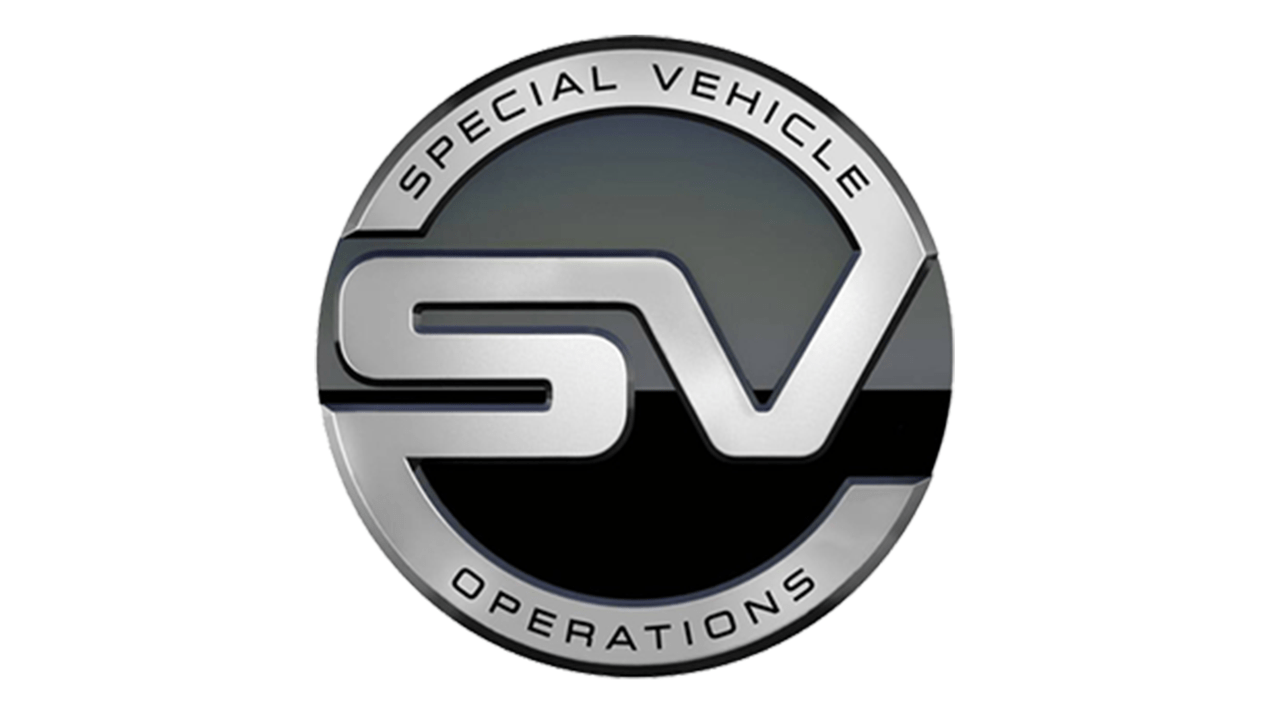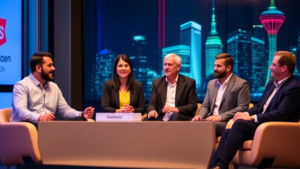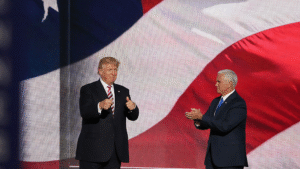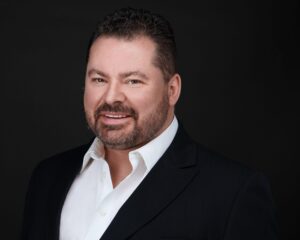
Why Skills-First Leadership Is Replacing the Ivy League Playbook in the C-Suite
The old prestige pyramid—where Ivy League degrees and blue-chip consulting backgrounds paved the way to the CEO seat—is cracking.

California-based Scarbo Vintage has unveiled its latest creation, the “SV Rover,” a behemoth vehicle described as the world’s first street-legal “Hypertruck.” This monstrous machine, available in both gasoline-powered and electric variants, carries a starting price tag of $1.5 million, pushing the boundaries of size and cost in the automotive landscape.
The SV Rover boasts a two-seat cabin and impressive dimensions, exceeding even the largest pickup trucks currently on the market. While detailed specifications remain under wraps, reports indicate that the gasoline-fueled version possesses a supercharged V8 engine generating a staggering 1,100 horsepower. On the other hand, the electric counterpart offers 1,000 horsepower of electric propulsion.
These performance figures and the vehicle’s sheer size undoubtedly contribute to its “Hypertruck” designation. However, some industry analysts question the practicality of such a vehicle, highlighting its potential fuel inefficiency and environmental impact in the case of the gasoline model.
Despite these concerns, Scarbo Vintage appears confident in the appeal of the SV Rover, targeting wealthy buyers seeking a statement piece with extreme performance capabilities. The company emphasizes the vehicle’s exclusivity, with production limited to 20 units per year.
This hefty price tag and limited availability reinforce the vehicle’s positioning as a luxury good rather than a mass-market offering. It remains to be seen whether the SV Rover will attract enough affluent buyers to sustain production, particularly given its competition from established luxury car brands and the rapidly evolving electric vehicle market.
In conclusion, Scarbo Vintage’s SV Rover presents a unique and undeniably powerful proposition in the automotive world. However, its hefty price tag, limited production, and potential environmental impact raise questions about its practical appeal and long-term market viability.

The old prestige pyramid—where Ivy League degrees and blue-chip consulting backgrounds paved the way to the CEO seat—is cracking.

Loud leaders once ruled the boardroom. Charisma was currency. Big talk drove big valuations.

But the CEOs who make history in downturns aren’t the ones with the deepest cuts

Companies invest millions in leadership development, yet many of their best executives leave within a few years. Why?

The most successful business leaders don’t just identify gaps in the market; they anticipate future needs before anyone else.

With technological advancements, shifting consumer expectations, and global interconnectedness, the role of business leaders

Zelenskiy–Trump summit boosts markets as equities rise and the dollar steadies amid growing peace hopes. Investors await Fed insights at Jackson Hole for further direction.

Statistics Canada is investigating an accidental early release of June manufacturing data, raising concerns over data governance and market integrity. The agency has launched an internal review to strengthen its publishing protocols.

Investor confidence in France is deteriorating as political gridlock and budgetary uncertainty deepen.

The Fort McMurray First Nation Group of Companies is the wholly owned business entity of Fort McMurray 468 First Nation. It was established in 1987 as Christina River Enterprises, and the organization rebranded as FMFN Group in 2021. Providing Construction, Custodial, Petro-Canada Fuel & Convenience Store, and Transportation services to a broad portfolio of customers, the Group of Companies is creating financial stability and prosperity for the Nation.


Leave us a message
Subscribe
Fill the form our team will contact you
Advertise with us
Fill the form our team will contact you